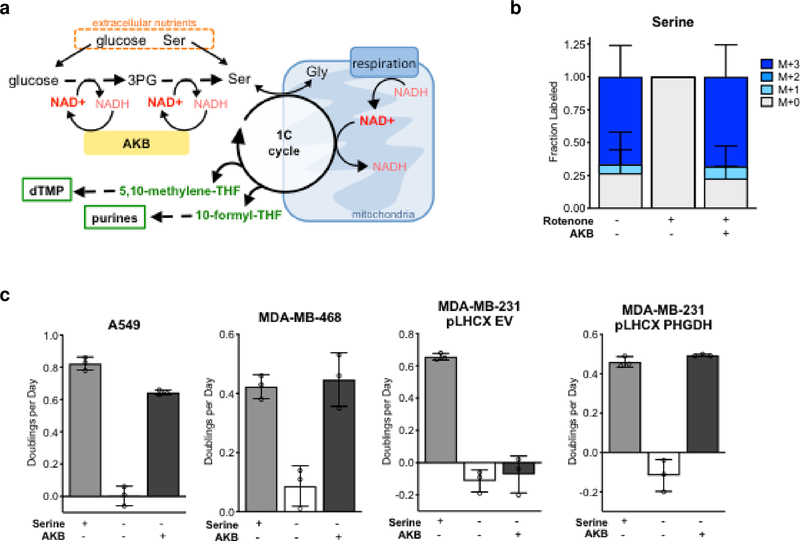Figure. 2: Electron acceptor availability limits serine synthesis and cell proliferation.
a, Schematic showing the relationship between serine synthesis, the one-carbon (1C) cycle, and nucleotide synthesis (dTMP and purines), highlighting the NAD+-consuming steps involved in serine synthesis and 1C unit generation. Also shown is how NAD+ can be regenerated from NADH via mitochondrial respiration, or by the reduction of α-ketobutyrate (AKB) to α-hydroxybutyrate (AHB). Ser, serine; Gly, glycine; 3PG, 3-phosphoglycerate; THF, tetrahydrofolate. b, Fractional labeling of serine from U-13C-glucose in A549 cells cultured for 48 hours in serine-free media with or without 20 nM rotenone, and with or without AKB as indicated. Labeling was determined by LCMS analysis. c, Proliferation rates of the specified cells cultured in media containing 20nM rotenone, with or without serine and AKB, as indicated. Data shown are mean (+/− standard deviation) of 3 biological replicates.

